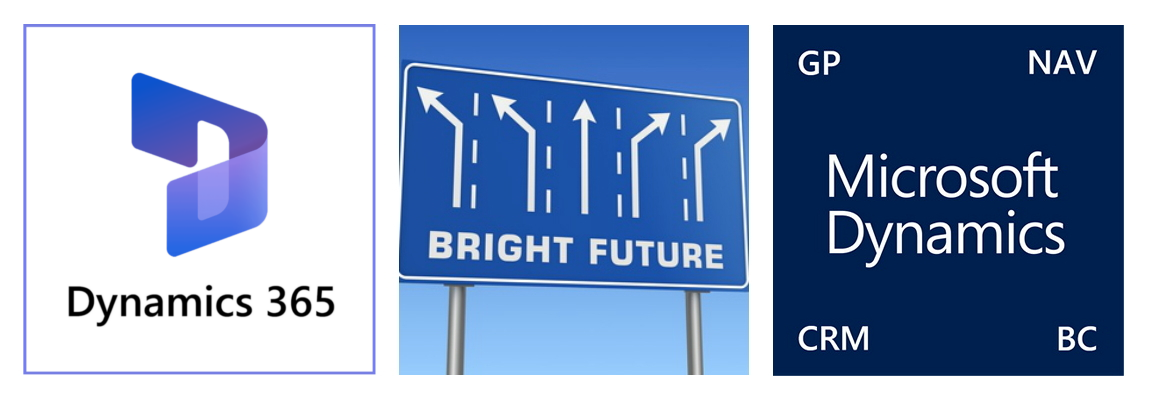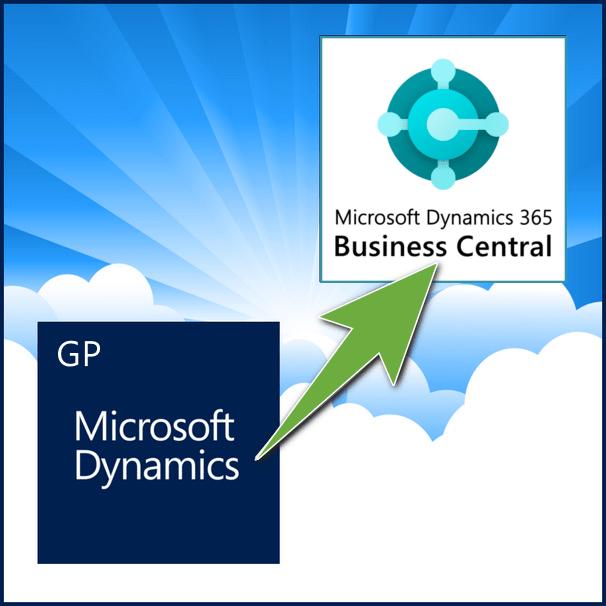How to Buy an ERP in 5 Steps
It has been said that 73% of companies are dissatisfied after implementing an ERP solution. Few companies enter an ERP selection process with the end-state in mind and are won over by fancy product demos and talented sales people. It is important to take the time to really identify what part of your existing processes need improvement and identify a solution that will facilitate those changes and improvements – OTHERWISE you will only by putting fancy new screens on top of existing problems.
Sounds dire, doesn’t it? Well it really isn’t. Successful ERP Implementations require simply that you keep your end-state in mind… an End-State that must remain the focus of the initiative in every decision and conversation… an End-State that will define the evaluation of the initiative’s success. By following our five step process, organizations can arrive at an ERP decision and define their strategy relatively quickly – and become part of the 27% of companies that whose businesses are actually made BETTER because of their ERP.
Step 1. The Business Case–When the Basic Solution No Longer Fits
The right ERP implementation at the right time can truly help you make your business better… but only if it’s needed.
Ask yourself: Does your current system lack the capability to meet your organization’s needs?
Basic accounting software such as Quickbooks may no longer fit the needs of your growing business.
What are the company’s goals? Will a new system provide you with a measureable return on investment? Have you outgrown your existing infrastructure? Planning for the future is important when assessing what road to go down.
Step 2. Map your Current State
Question all of your existing processes. Is everything necessary? Are there any redundant steps? In addition to helping you define your critical requirements, this will also uncover any wasted process steps that need to be reworked before to going live on a new system.
When you implement a new ERP, you should also streamline your processes and create goals for the future.
Step 3. Document Critical Requirements
Document all of the critical requirements that are unique to your business… Then match to the options on your short list to those requirements. We are talking about critical requirements only here. Figure out what is truly different about how you do business.
We can all assume that most systems will have an “Aged Trial Balance”. This list should not be longer than two pages.
Step 4. Choosing the Right Technology and Partner – Ask for References
This is true both for the ERP Vendor AND your Implementation Partner.
Choosing the right partner can make the difference between the success or failure of an implementation.
Ask references from businesses that are similar to yours. This will give insights into the aspects of both the software and the partner that you should be considering.
Training and support after the implementation are critical and you need to trust in your service provider.
Step 5. The Demo
Seeing a demonstration prior to defining your requirements is a recipe for failure.
Note that this is the last (that is FINAL) step in the process. That isn’t to say that you can’t demo more than one product, but you should be fairly certain that the products you demo are a fit with your needs and have a good reputation with customers before you begin.
Have your preferred partner set up the software around your requirements and some of your data. The intention is to present the system as if it were live at your facility.
Again, this should be your final step to move ahead before negotiation.
It is critical that you take these steps before ever seeing a product demonstration.
By assessing your requirements with where you are, and where you want to go, you will be able to make informed choices with confidence when choosing both a system and a partner for your ERP implementation.







